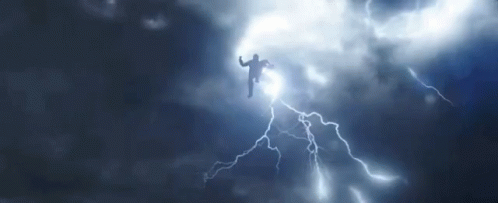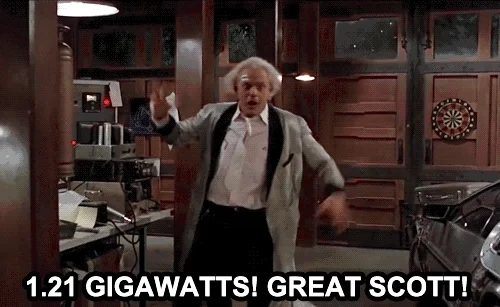that is stark. so many things are diminishing pollenators all over the world. very serious.
on a very local, anecdotal note, i am seeing many more bees around my garden. yay! i believe this is due to the success of the Oxitec genetic mosquito control here and that it has caused a pause in the helicopter-borne mass poison dump over the islands that was largely responsible for killing off our bees.
like i said, tho - local. anecdotal. YMMV.
https://www.axios.com/2023/02/06/lightning-storms-climate-change-florida-southwest
Shifts in lightning hot spots can provide clues to major storm events and how storm corridors are changing over time.
shocking!
Wow, I wonder what made Florida so special last year. ![]() So, does Ron DeathSantis have any outdoor hobbies? Asking for a friend…
So, does Ron DeathSantis have any outdoor hobbies? Asking for a friend…

Just… wondering…
I’m sure there’s plenty of solid thinking going on at MIT but well dang:
“Just because we don’t harness lightning now doesn’t mean some smart engineer out there won’t someday figure out how to do it,” he says. But even at 1 million joules, the typical lightning strike contains only about ¼ of a kilowatt-hour of power, which is not enough to make much difference on our electric bill. “We currently buy electricity at the cost of about 20 cents a kWh,” he says. “The amount of energy from a lightning bolt would be worth only about a nickel.”
I would’ve expected more value from Thor.

Cost to produce that scene: $X millions
Est. Lightning Value: $2.00
Yeah that line “about a nickel” was not the brainiac insight I wanted to hear.
But.
Sometimes I think that the impossible, to paraphrase, just takes a little longer. Who, fer instance, woulda predicted the work of a Nikola Tesla? or a Gregor Mendeleev? (ok or Albert Einstein, ok ok everyone ends up mentioning him, fine)


The final numbers were 253 properties red-stickered, and 1351 yellow stickers. Either designation carries a strong probability that the home has to be torn down and that the property might not be suitable for rebuilding.
On the heels of the record 539 millimetres of rainfall in January (almost half the annual average for the year) follows category three Cyclone Gabreille. Meteorologists were spot on 7 days ago, when they identified the potential for cyclone formation north of Australia. The track predictions have shifted only slightly since then. Auckland ![]() is forecast to get another ~150mm of rain, along with high winds. This is the second direct hit by a Cyclone so far in 2023.
is forecast to get another ~150mm of rain, along with high winds. This is the second direct hit by a Cyclone so far in 2023.
Scientists predict that rough seas, with increasingly destructive waves will become common on the Brazilian coast. Efforts to mitigate the effect of climate change are at least sometimes misguided.
